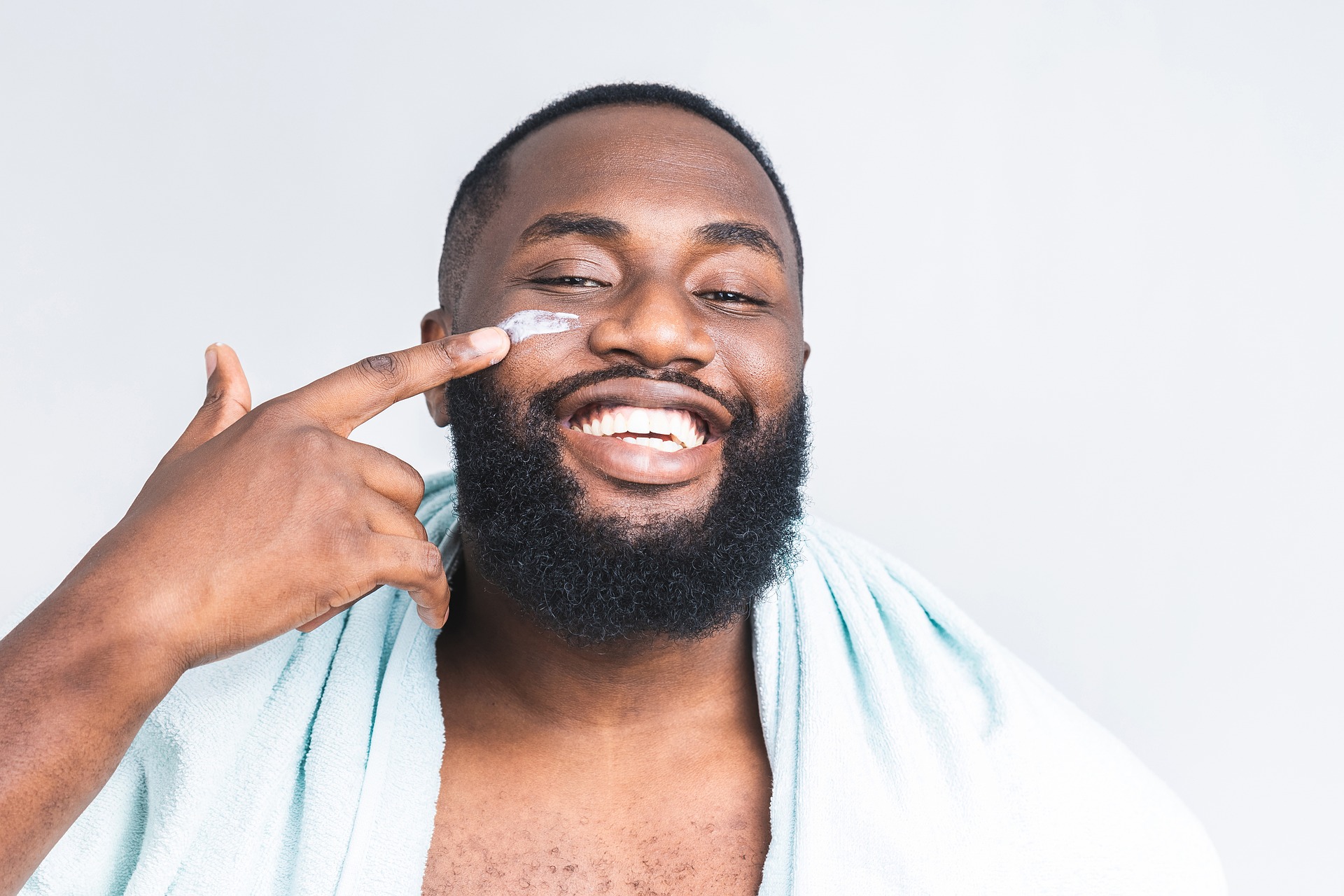Discover Skin Tightening Options Across the UK: Quick Sessions, Noticeable Results
As we age, our skin naturally loses elasticity and firmness. However, modern skincare advancements offer solutions to combat these signs of aging without surgery. This article explores popular non-invasive skin tightening methods in the UK, their effectiveness, and how to find trusted professionals for these treatments.
What are the most popular non-invasive skin tightening methods in the UK?
In the UK, several non-invasive skin tightening treatments have gained popularity due to their effectiveness and minimal downtime. The most sought-after methods include:
-
Ultrasound Therapy: This treatment uses focused ultrasound energy to stimulate collagen production deep within the skin.
-
Radiofrequency (RF) Treatments: RF technology heats the deeper layers of skin to encourage collagen and elastin production.
-
Laser Skin Tightening: Various laser treatments target different skin layers to improve texture and firmness.
-
Microneedling with RF: This combination therapy uses tiny needles and radiofrequency energy to boost collagen production.
-
Thread Lifts: While minimally invasive, thread lifts use dissolvable threads to lift and tighten sagging skin.
How do these non-invasive skin tightening treatments work?
Each non-invasive skin tightening method works differently, but they all aim to stimulate collagen and elastin production. Ultrasound therapy, for instance, delivers focused energy to the skin’s foundational layer, triggering a natural regenerative response. Radiofrequency treatments heat the skin’s deeper layers, causing immediate collagen contraction and long-term collagen production. Laser treatments target specific skin depths, promoting collagen synthesis and skin cell turnover.
What are the benefits of choosing non-invasive skin tightening?
Non-invasive skin tightening offers several advantages over surgical options:
- Minimal downtime: Most treatments allow patients to resume normal activities immediately.
- Lower risk: Non-invasive procedures carry fewer risks compared to surgical alternatives.
- Natural-looking results: These treatments enhance your natural appearance without drastic changes.
- Gradual improvement: Results develop over time, providing a more subtle enhancement.
- Versatility: Many treatments can be used on various body areas, not just the face.
How effective are quick sessions for visible anti-aging results?
The effectiveness of quick skin tightening sessions varies depending on the treatment type and individual factors. While some patients may notice immediate improvements, most non-invasive treatments require multiple sessions for optimal results. Ultrasound and radiofrequency treatments often show gradual improvements over 2-3 months, with results lasting up to a year or more. Laser treatments may provide more immediate visible results but may require maintenance sessions.
It’s important to note that while these treatments can be effective, they typically offer more subtle results compared to surgical options. Patients with mild to moderate skin laxity tend to see the best outcomes from non-invasive procedures.
What should you consider before choosing a skin tightening treatment?
Before opting for a non-invasive skin tightening treatment, consider the following:
- Your skin condition and goals: Different treatments target various concerns and skin types.
- Treatment area: Some methods are better suited for specific body parts.
- Number of sessions required: Most treatments need multiple sessions for optimal results.
- Maintenance: Consider the frequency of touch-up treatments to maintain results.
- Potential side effects: While generally minimal, understand possible temporary effects like redness or swelling.
- Cost: Non-invasive treatments are often less expensive than surgery but may require ongoing sessions.
Where can you find trusted skin care professionals offering these treatments?
Finding a reputable provider for non-invasive skin tightening treatments is crucial for safety and optimal results. Here are some ways to locate trusted professionals in your area:
- Consult with a dermatologist or plastic surgeon: They can recommend suitable treatments and may offer them in their practice.
- Check professional associations: Organizations like the British Association of Aesthetic Plastic Surgeons (BAAPS) or the British Association of Dermatologists (BAD) can provide listings of qualified practitioners.
- Research local medical spas and clinics: Look for establishments with good reputations and experienced staff.
- Read patient reviews and testimonials: While not definitive, these can provide insights into others’ experiences.
- Schedule consultations: Many providers offer free consultations to discuss your goals and treatment options.
Comparison of Popular Non-Invasive Skin Tightening Treatments in the UK
| Treatment Type | Average Cost per Session | Number of Sessions Needed | Typical Results Duration |
|---|---|---|---|
| Ultrasound Therapy | £500 - £3000 | 1-2 | 12-18 months |
| Radiofrequency | £200 - £500 | 4-6 | 6-12 months |
| Laser Skin Tightening | £300 - £1000 | 3-5 | 12-24 months |
| Microneedling with RF | £350 - £800 | 3-4 | 12-18 months |
| Thread Lifts | £1500 - £4500 | 1 | 12-18 months |
Prices, rates, or cost estimates mentioned in this article are based on the latest available information but may change over time. Independent research is advised before making financial decisions.
Non-invasive skin tightening treatments offer promising solutions for those seeking to improve skin firmness and combat signs of aging without surgery. While results can be impressive, it’s essential to have realistic expectations and choose a treatment plan tailored to your specific needs and skin condition. By researching thoroughly and consulting with qualified professionals, you can make an informed decision about the best non-invasive skin tightening method for you.
This article is for informational purposes only and should not be considered medical advice. Please consult a qualified healthcare professional for personalized guidance and treatment.
The shared information of this article is up-to-date as of the publishing date. For more up-to-date information, please conduct your own research.







